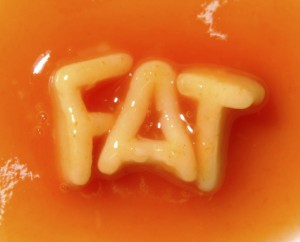 The international sensory symposium of the year, Pangborn 2015 has come to an end, leaving sensory and consumer researchers with a lot to think about. I just wanted to share the highlights and three key themes of the conference here to get us all thinking about what the next two years may hold in product-based research.
The international sensory symposium of the year, Pangborn 2015 has come to an end, leaving sensory and consumer researchers with a lot to think about. I just wanted to share the highlights and three key themes of the conference here to get us all thinking about what the next two years may hold in product-based research.
Global research – The whole world is conducting sensory and consumer science, and Pangborn 2015 really opened up the world to all the possible insights, from Australia to China, from the US to Thailand. Delegates learnt about the opportunities and challenges working across international markets and languages.
Speedy sensory – Rapid techniques in product evaluation, such as Mapping, Sorting and Check-All-That Apply (CATA) were put under the microscope at Pangborn, both for general research, and for assessments with specific target consumers. As expected all rapid methods offer a trade off between speed, efficiency and the level of detail achieved. As presented by Tracey Hollowood, and something I’ve personally embraced in my own publications, are the opportunities offered by hierarchical sorting approaches to gain fantastic sensory differences and product insight efficiently, while offering the closest option to profiling. I’d be happy to share my thoughts and ideas on this as well as my paper for anyone interested!
Controlled context – Sensory scientists are always seeking to control all factors of product assessment, from sample preparation and presentation to the surrounding environment and even lighting. However, more consumer researchers are interested in assessing products within the context of where and when they would typically be used. This is particularly interesting for consumer Central Location Testing (CLT) to determine whether a product fits the context and environment that it would usually be used in. Therefore finding the ideal trade off between controlled, strict and accurate product testing, to more ‘in-the-moment’ assessments in context is still heavily under debate.
As expected, Pangborn 2015 was a fantastic mix of current research developments, intriguing novel applications for testing techniques as well as branching into newer unchartered territories of mobile apps, global consumer understanding and more implicit methodologies.
